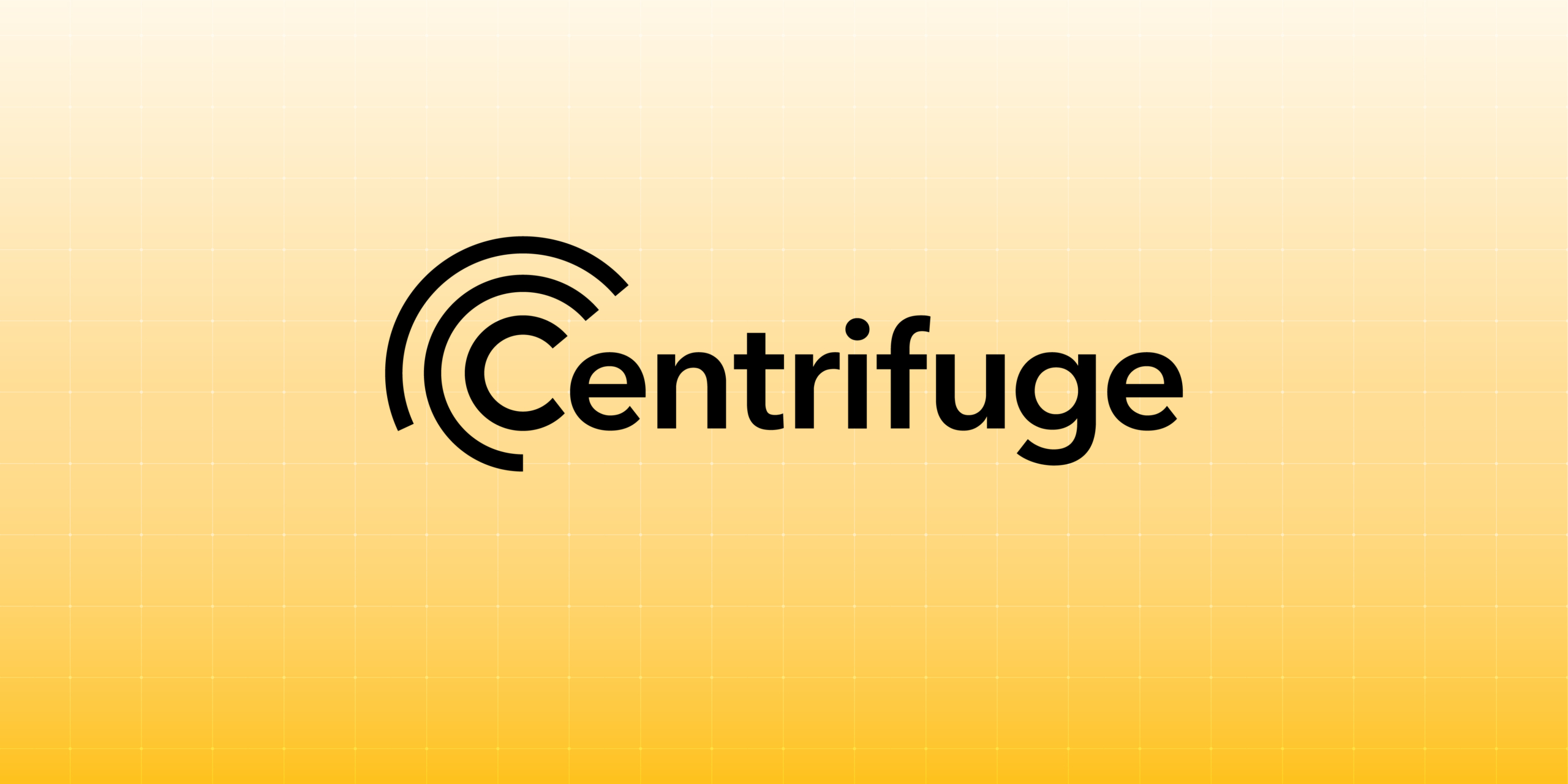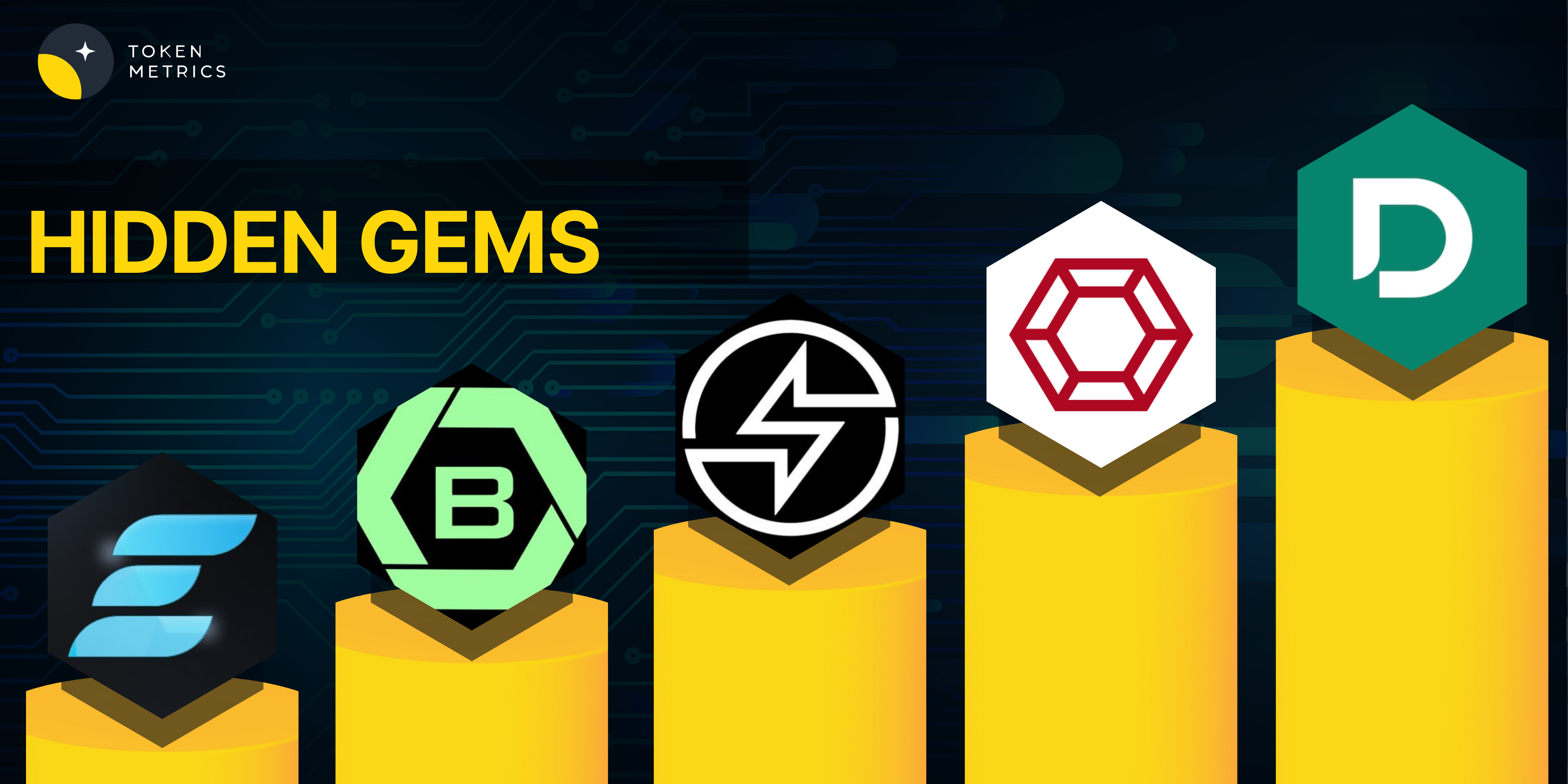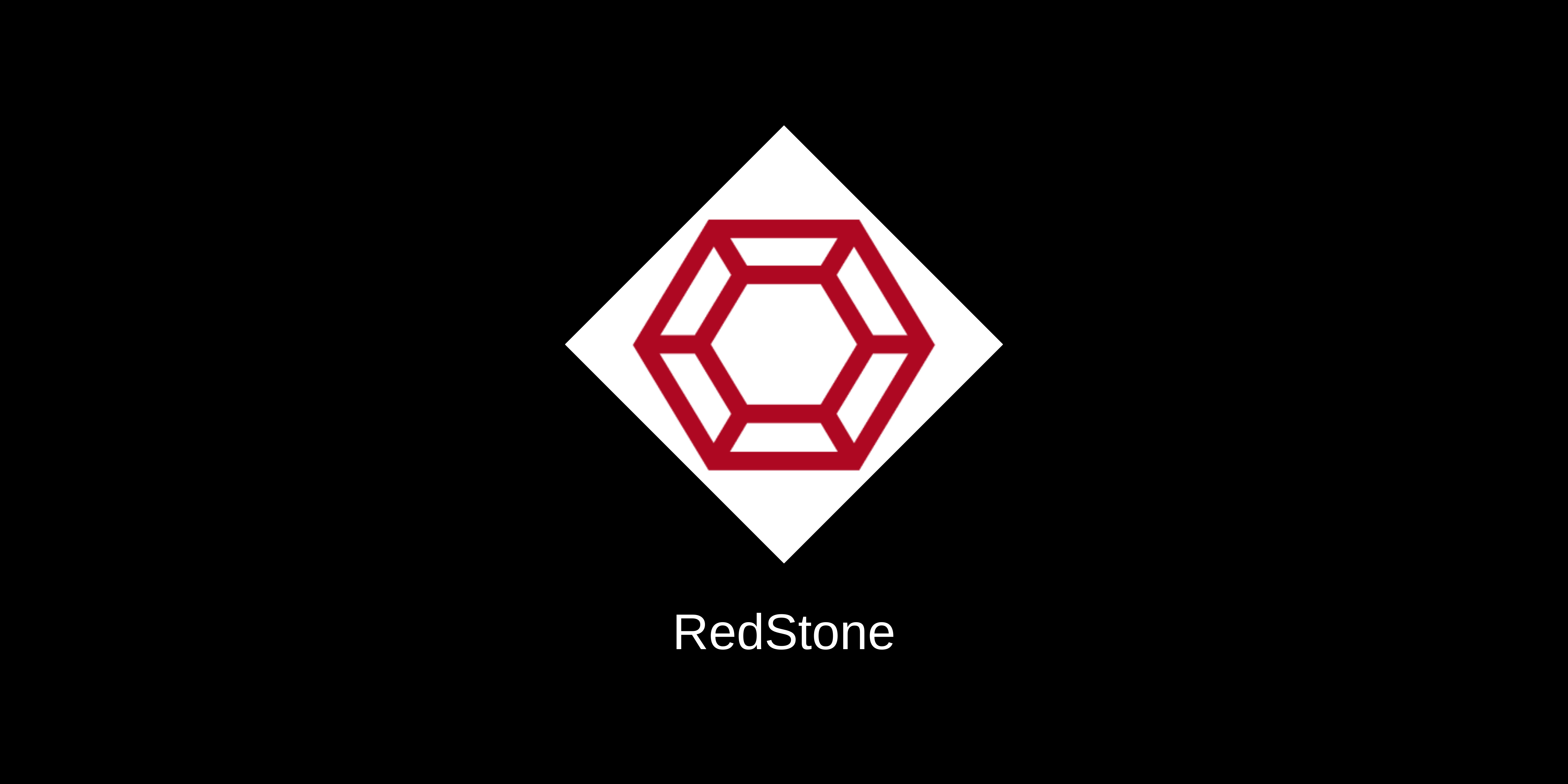Executive Summary
Centrifuge represents a decentralized finance (DeFi) lending protocol designed to enhance accessibility to credit for small businesses. Simultaneously, it offers investors a stable yield by bridging pooled liquidity between traditional finance and the decentralized financial landscape. It establishes a transparent marketplace that facilitates direct transactions between borrowers and lenders, eliminating unnecessary intermediaries. The asset pools are fully backed by collateral, ensuring liquidity providers have legal recourse. Moreover, the protocol remains flexible across various asset classes, accommodating mortgages, invoices, microlending, and consumer finance.
Its primary objective is to reduce borrowing costs for global businesses while offering users within the DeFi space a reliable, collateralized yield independent from the unpredictable fluctuations of crypto markets. Centrifuge achieves this by migrating the structured credit market onto the blockchain, incorporating securitization, tokenization, privacy features, governance structures, and seamless liquidity integrations. In doing so, it aspires to construct a financial system that is transparent, cost-effective, and boundless in its capabilities.
Centrifuge Features

- Tokenization and Private Sharing- To represent real-world assets on-chain, borrowers create NFTs containing essential asset details for Centrifuge pools. However, while on-chain information is typically public, investors often require confidential data. Centrifuge’s Private Data Layer addresses this by securely hashing additional asset information. This hash is anchored on-chain, providing verifiable connections to NFTs without exposing private data. It operates as a network of PODs (Private Offchain Data Nodes), enabling controlled access to detailed off-chain asset data for collaborators like institutional investors. Access permissions can be tailored, allowing selective sharing of specific asset details, such as restricting valuation agent access to pricing assets.
- On-Chain transparency- Attain comprehensive transparency by migrating the entire capital structure, securitization, and debt servicing onto the blockchain. This encompasses multi-tranching, Net Asset Value (NAV) computation, privacy-oriented tokenization, securitization processes, reporting functionalities, and more. A solution to achieve this involves consolidating multiple assets into pools, enabling investors to finance the pool collectively instead of individually. This process, known as securitization, is well-established in traditional financial markets.
- Centrifuge Chain- The Centrifuge Protocol operates on Centrifuge Chain, a purpose-built layer 1 blockchain for Real World Assets using Substrate. The substrate provides shared security as a parachain, on-chain governance, forkless upgrades, and seamless bridging to other parachains, enabling Centrifuge Chain to become the go-to platform for bringing real-world assets on-chain. Advantages of this specialized blockchain include lower transaction costs, increased scalability, and the ability to develop unique features not possible on general-purpose blockchains like Ethereum. It ensures dedicated block space for real-world asset transactions unaffected by high-demand activities on other chains. Additionally, it allows defining transaction ordering, ensuring crucial orders like redemptions can always be processed, even during peak activity.
- Integration with DeFi World- Most DeFi applications are confined within their respective blockchain ecosystems. At the same time, inter-chain bridges remain complex and costly to utilize, demanding multiple tools and token exchanges. The Centrifuge Protocol introduces Liquidity pools designed for seamless integration with any general-purpose EVM blockchain. This standardizes the investment process in Centrifuge pools, reducing the complexity of integrating new EVM-based chains. These Liquidity pools enable protocols to invest in real-world assets, allowing stablecoin protocols like MakerDAO to invest in preferred pools. This streamlined approach grants issuers access to deeper liquidity without the necessity of integrating multiple DeFi liquidity sources or cultivating new user markets independently. Despite its foundation on Substrate, the Centrifuge Protocol ensures interoperability across multiple chains, facilitating accessible interaction with the protocol.
- Legal framework- Each pool aligns with a legal structure reflecting the protocol and real-world relationships to finance real-world assets. Templates are based on well-established asset-backed securitization legal frameworks. Each pool is associated with a special purpose vehicle (SPV) to segregate the asset originator’s business from pool financing, ensuring asset protection in case of originator bankruptcy. The SPV’s operations are defined in an Operating Agreement. Asset securitization involves transferring legal asset ownership to the SPV. In asset default, the pool issuer is responsible for recovering capital, potentially replacing non-performing loans, and managing collections on their balance sheet. Recovered funds, converted into stablecoins, are distributed to token holders as borrowers repay their loans in full or partially.
- Onboarding and KYC– To attract investors, the pool issuer must comply with KYC (Know Your Customer) and AML (Anti-Money Laundering) regulations, verify accredited investor status, and collect tax forms. Centrifuge employs a third-party e-KYC provider to offer an integrated onboarding solution for issuers. These service providers verify investor KYC details and confirm accredited investor status, particularly for investors based in the US. Subsequently, investors proceed to enter a Subscription Agreement with the issuer.
On-Chain Securitization
- Revolving Protocol- In traditional finance, securitizations often involve static models where investors reinvest after pools mature, creating unnecessary overhead. Centrifuge Protocol’s solution introduces revolving pools, enabling continuous investment and redemption orders, benefiting both issuers and investors. This approach allows on-demand asset financing for issuers and flexible portfolio decisions for investors, removing the need for constant reinvestment. Key components include an epoch mechanism and on-chain Net Asset Value (NAV) calculation.
- Epoch mechanism – A decentralized pool accommodating investors across various tranches, allowing investment and redemption at any time, requires a coordinated mechanism to manage the inflow and outflow of funds. To address this, each pool operates within defined “Epochs” – fixed sessions lasting a minimum duration (e.g., 24 hours) during which investment and redemption orders can be submitted. A decentralized solver mechanism assesses the pool state at the epoch’s conclusion. It executes orders based on tranche seniority (e.g., prioritizing senior tranche redemptions over junior tranche redemptions) and available liquidity.
- On-chain NAV- An on-chain Net Asset Value (NAV) calculation is essential for enabling revolving pools. This process ensures accurate pricing of pool tokens, which is crucial for continuous investments and redemptions. In traditional finance, illiquid asset pricing often uses discounted cash flow (DCF) models, discounting expected cash flows to their present value. The Protocol adopts these calculations on-chain, continuously updating the NAV. The NAV must consider diverse loan structures in real-world asset financing, from simple bullet loans to complex amortization schedules. Additionally, the NAV accounts for defaults by representing asset write-offs on-chain. This involves predefined schedules for write-offs (e.g., 25% of an asset’s value after 30 days overdue, with a 3% penalty interest). This mechanism ensures fairer pricing for overdue assets, with provisions for manual write-offs by a third party when necessary.
- Tranching – Investors often seek varied risk and yield within the same asset class. In traditional finance, this is achieved through different tranches, allowing investment in distinct classes of debt with varying risk/return profiles. For instance, a pool might have junior and senior tranches: the junior assumes a higher risk for extra yield, protecting the senior from losses. This setup also ensures the issuer has a stake in the pool’s success. Tokens representing these tranches are securities and are restricted to KYC-compliant accounts. The pool issuer determines which accounts can hold specific tranche tokens.
Market Analysis
The Real World Assets (RWA) market is nascent but poised for significant growth. Projections from the Boston Consulting Group indicate that the on-chain RWA market could surge to a staggering range of $4 trillion to $16 trillion by 2030, underlining its potential magnitude in the coming decade.
Despite its early development, the RWA market currently lacks a clear frontrunner. However, there are notable participants, such as Goldfinch Finance and Maple Finance, among others, who are actively engaged in exploring and shaping the landscape. These pioneering entities indicate the growing interest and investment within this evolving sector, contributing to the groundwork for the emergence of leaders in the RWA space.
Token

$CFG tokens are a fundamental utility within the Centrifuge ecosystem, encompassing essential network operations like ensuring chain security, handling transaction fees, facilitating on-chain governance, and offering unique functionality to support financing Real-World Assets on the blockchain. Increased utility and active engagement enhance the robustness of the network. As Centrifuge’s utility expands, $CFG tokens represent the accruing value benefiting users utilizing the network’s diverse utilities. This value is chiefly realized through using $CFG for transaction fees and its pivotal role in governing the network.
The $CFG Token Model is crucial in securing the Centrifuge Chain, fostering a decentralized network by incentivizing agents through $CFG Network Rewards to execute pivotal network functions.
Supply
The $CFG token supply is set to increase momentarily through minting to cover chain security expenses and incentivize a decentralized network of agents via $CFG Network Rewards. The annual mint rate hinges on various rewards allocated throughout the year, including those for chain security incentives, liquidity providers, and an on-chain treasury block reward.
As the network’s intrinsic utility attracts users, resulting in increased transaction fees directed to the on-chain treasury, adjustments to mint rates can be proposed and voted upon by $CFG holders.
Token Burn
Regarding burning mechanisms, some transaction fees will be systematically burned at a rate determined by on-chain governance. This mechanism aims to balance the overall token supply over time gradually.
Adoption

Since its inception, Centrifuge has successfully tokenized 881 assets and facilitated financing totaling $508 million in asset value. These figures underscore the notable adoption of Centrifuge within the market.
Its Total Value Locked (TVL) currently stands at $1.16 million, reflecting a reasonable level of participation.
Investors
Centrifuge has garnered investment from notable entities such as Coinbase Ventures, BlockTower, IOSG Ventures, and Galaxy Digital.
Conclusion
The Centrifuge blockchain protocol’s innovative approach tokenizes real-world assets and facilitates seamless interaction within the decentralized finance (DeFi) ecosystem. This broader scope not only enhances accessibility but also encourages broader participation from various industries and asset classes.
Moreover, Centrifuge’s adaptability and scalability align well with the anticipated growth in the real-world assets sector. Its forward-looking strategy positions it favorably to capitalize on the expanding opportunities within this domain, attracting attention as a key player driving the convergence of traditional finance with blockchain technology. As the industry evolves, Centrifuge remains agile and poised to lead in bridging the gap between real-world assets and the DeFi landscape.
| Fundamental Analysis | |||||
| Assessment | |||||
| Problem | Significant, long-term problem | 3 | |||
| Solution | Distinct, defensible solution | 3 | |||
| Market Size | Large market, significant growth potential | 3 | |||
| Competitors | High competition, but room for differentiation | 2 | |||
| Unique Value Proposition | Clear differentiation and value for customers | 3 | |||
| Current Traction | Solid traction, user engagement and retention growing | 3 | |||
| Unit Economics | Positive unit economics, with plans for further improvement | 3 | |||
| Tokenomics | Solid token strategy, aligns with user incentives | 3 | |||
| Product Roadmap | Basic roadmap, lacks detail or innovative features | 2 | |||
| Business Model | Proven business model with clear path to profitability | 3 | |||
| Go-to-Market Strategy | Basic GTM strategy, lacks detail or differentiation | 2 | |||
| Regulatory Risks | Significant regulatory risk, basic mitigation plan | 2 | |||
| Total | 66.67% | ||||





